Name Mary Seymour | Died 1550 | |
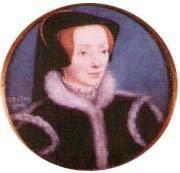 | ||
Parents Thomas Seymour, 1st Baron Seymour of Sudeley, Catherine Parr Cousins Edward VI of England Grandparents John Seymour, Margery Wentworth, Sir Thomas Parr, Maud Green Uncles Edward Seymour, 1st Duke of Somerset, William Parr, 1st Marquess of Northampton Similar People Thomas Seymour - 1st Baron, Catherine Parr, John Seymour, Edward Seymour - 1st Duke, Elizabeth Seymour - Lady Cro | ||
Mary seymour musique promo
Mary Seymour (30 August 1548 - c. 1550?), born at her father’s country seat, Sudeley Castle in Gloucestershire, was the only daughter of Thomas Seymour, Baron Seymour of Sudeley, and Katherine Parr, widow of Henry VIII of England. Although Katherine was married four times, Mary was her only child. Complications from Mary's birth would claim the life of her mother on 5 September 1548, and her father was executed less than a year later for treason against Edward VI.
Contents
- Mary seymour musique promo
- Mary seymour c p
- Speculations on Marys adulthood
- Portrayals in fiction
- References
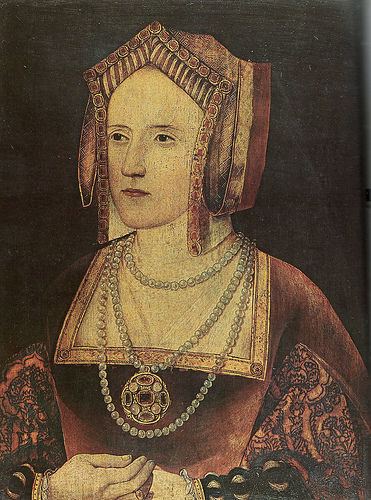
In 1549, the Parliament of England passed an Act (3 & 4 Edw. 6 C A P. XIV) removing the attainder placed on her father from Mary, but his lands remained property of the Crown.
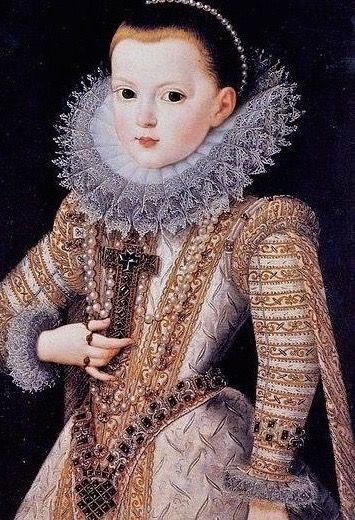
As her mother's wealth was left entirely to her father and later confiscated by the Crown, Mary was left a destitute orphan in the care of Katherine Willoughby, Duchess of Suffolk, who appears to have resented this imposition. After 1550 Mary disappears from historical record completely, and no claim was ever made on her father's meagre estate, leading to the conclusion that she did not live past the age of two.
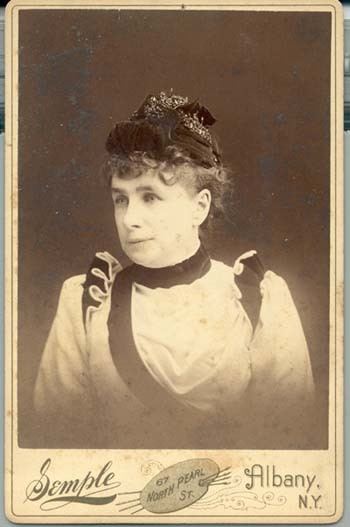
Mary seymour c p
Speculations on Mary's adulthood
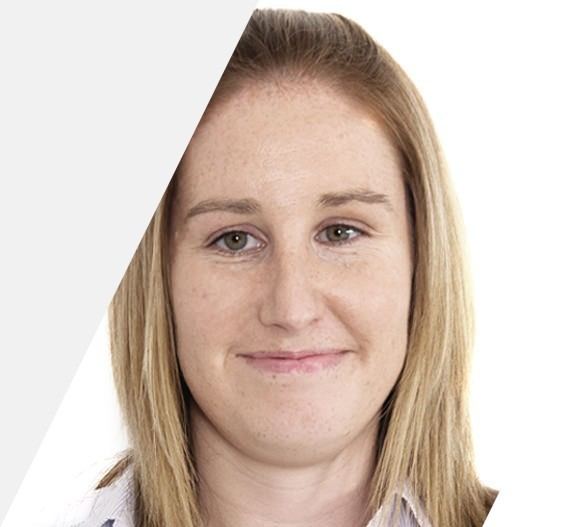
Victorian author Agnes Strickland claimed, in her biography of Katherine Parr, that Mary Seymour did survive to adulthood, and in fact married Sir Edward Bushel, a member of the household of Queen Anne of Denmark, consort to King James VI of Scotland and I of England. Strickland's theory suggested that the Dowager Duchess of Suffolk, after her marriage to Richard Bertie in 1553, and before she fled England during the Marian Persecutions in or after 1555, she arranged Mary's marriage to Bushel. The problem with this theory is that Mary would have been aged six at the time.
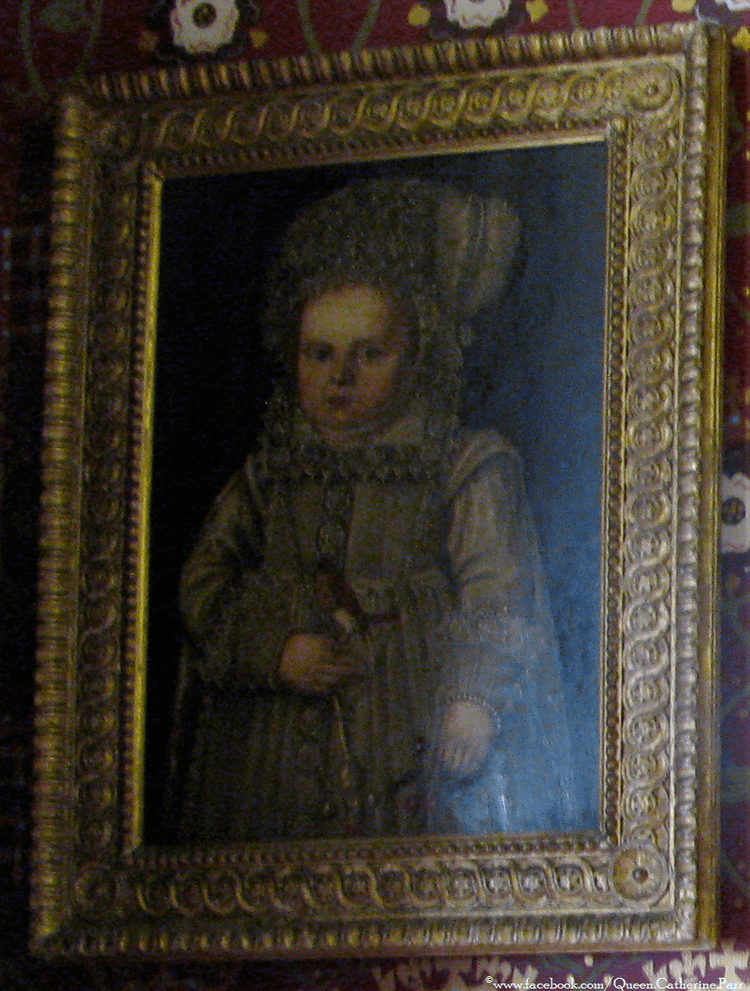
Another theory states that Mary was removed to Wexford, Ireland and raised under the care of a Protestant family there, the Harts, who had been engaged in piracy off the Irish coast under the protection of a profit sharing arrangement with Thomas Seymour. A lozenge-shaped ring inscribed "What I have I hold" was reputed to have been an early gift to Thomas by his brother Edward, and was passed down through generations of the Seymour-Harts until at least 1927.
There was reference to "Mary" found in old Elizabethan texts of 'The Late Queen's heir.' However, this could be various other women. Historian S. Joy states that "Mary definitely lived past the age of 10, but after that little is known."
A more modern theory, from Linda Porter, author of a 2010 biography on Katherine Parr, suggests that a 1573 Latin book of poems and epitaphs written by John Parkhurst, Katherine Parr’s chaplain, contains the following reference to Mary:
I whom at the cost
Of her own life
My queenly mother
Bore with the pangs of labour
Sleep under this marble
An unfit traveller.
If Death had given me to live longer
That virtue, that modesty, That obedience of my excellent Mother
That Heavenly courageous nature
Would have lived again in me.
Now, whoever
You are, fare thee well
Because I cannot speak any more, this stone
Is a memorial to my brief life
Porter suggested that this was an epitaph written by Parkhurst on the occasion of Mary's death, around the age of two. Porter further speculates that Mary is buried in Lincolnshire, near Grimsthorpe, the estate owned by the Duchess of Suffolk, "where she had lived as an unwelcome burden for most of her short, sad life."
Portrayals in fiction
The story The Red Queen's Daughter by Jacqueline Kolosov centres around Mary Seymour, and speculates a life in which she never marries, and becomes lady-in-waiting to Queen Elizabeth I.
The novel The Stolen One by Suzanne Crowley states that Mary survived and was raised by a 'witch' in the English countryside. A similar premise allows Seymour's supernatural powers to help her friend Alison Bannister search for her lost child in The Phantom Tree by Nicola Cornick.
